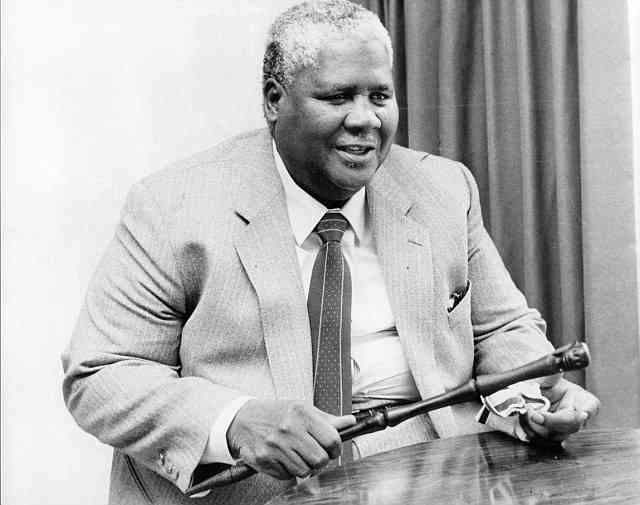
CAR jacking took a horrific turn when a four-year-old little boy called Taegrin Morris was dragged to his death over an agonising 3km-stretch in his parents’ hijacked car.
He is one of three children to the Morris family who reside in Delmore Park on the East Rand,South Africa. The carjacking happened in Reiger Park and the brutality which it was carried out brought untold shock and rage to many.
This is one of the many car jacking incidents that take place in South Africa. According to crime statistics released in 2011 to 2012 over 59 000 cars were stolen.
Over 9 000 vehicles were hijacked during the same period. It is indicated that for every 27 cars that are hijacked, one murder is committed. This highlights how many other gruesome hijacking scenes that don’t make the front news like the plight of Morris.
Gauteng province is where hijacking is most prevalent as compared to other provinces in South Africa. In the case of Morris, it is reported that the hijackers were drug addicts looking to make easy money to fuel their habit.
However, most other car jackings are perpetrated by syndicates who are part of an organised crime network who would not hesitate to use force. Some of these hijackers are often armed and will not hesitate to extinguish a life without a second thought.
Car jacking is fuelled by the lucrative stolen car industry. This comprises sophisticated network of individuals. At the back end you have car thieves who supply the stolen cars. Some of these thieves work on orders, which means when they go out to commit a hijacking, they already have in mind the kind of car they want with specifications and a ready buyer. This is why in most instances they will get violent.
Carjackers who work on order claim they have on average two days to fulfil an order. It is a quick turnaround business. Typically, hunting grounds for stolen vehicle stock are shopping malls and wealthy tree-line suburban streets. The middle office will consist of technicians, mechanics, document forgers and employees at vehicle registration departments.
- Chamisa under fire over US$120K donation
- Mavhunga puts DeMbare into Chibuku quarterfinals
- Pension funds bet on Cabora Bassa oilfields
- Councils defy govt fire tender directive
Keep Reading
Technicians and mechanics are responsible for disabling mobilisers, tracking devices and other security features. They are also there to alter the chassis and registration numbers and other details that may make the car unidentifiable.
At the front are the car dealers who interface with both suppliers (thieves) and consumers who fuel the demand side. Thieves target high-end luxury cars, with sport utility vehicles, popularly known as SUVs, being the most desired. Toyota Fortuners and other 4×4 vehicles are very popular, especially across the border. It is reported that a car of this make can fetch anything between R15 000 and R20 000. Smaller models like Golfs and Toyota Yaris can fetch anything from between R5 000 and R7 000.
The market for stolen cars extends beyond South Africa across borders to other African countries like the Democratic Republic of Congo, Nigeria, Zambia and Zimbabwe.
Car theft is not just an African phenomenon, it is also a thriving industry in America, Europe and far-flung places in the Middle East like Israel. International vehicle trafficking is rampant across European borders. High-value cars can net a thief ₧15 000 or $22 500. The biggest market for stolen cars is in the Balkans and Russia. Cars are stolen in places like Italy and Germany and ferried across borders.
Some cars stolen in Europe have found their way into Africa to destinations like Ivory Coast. As long as there is a demand for stolen cars then car hijacking will remain in existence. The simple way to curb the demand for stolen cars is to stop buying them.
Surely, one can smell a rat when a million-dollar car is being flocked for an eighth of its market value. If a deal is too good to be true, it usually is. However, there are some buyers who unwittingly buy stolen cars.
The second-hand car market is beneficial to most people wishing to make their first car purchase and cannot afford an outright buy of a brand new car.
Unfortunately, there are unscrupulous car dealers who have no qualms about selling stolen cars and passing them off as “used” cars. Just last year it was reported that a Kaiser Chiefs player was found in possession of a hijacked RAV 4.
As such, consumers need to be vigilant about their car purchases for all they know they could be fuelling this bloody industry.
Sadly, they could also become victims of car jacking. Drive to arrive alive is no longer about being sober behind the wheel. Its also about surviving and being vigilant against car jackers.










